Sure, everyone’s heard the story of Tim Burton’s Superman Lives or Stanley Kubrick’s Napoleon – the most famous examples of films that almost made it to our screens. However, there are hundreds of films that go into production only to be cancelled just as things were getting interesting. Ever heard of Darren Aronofsky’s Robocop remake? How about Michael Jackson starring as writer Edgar Allan Poe? We delve deep into Hollywood history to find projects that never saw the light of day, reveal why they were killed off, and contemplate what might have been…
1. George Miller’s Justice League: Mortal (2009)
The Background: Mad Max director George Miller almost united DC’s most famous heroes, including Armie Hammer as Batman. The plot involved an attack on the heroes by supervillain Maxwell Lord, and a finale that saw The Flash sacrifice himself for humanity.
What Happened: The 2008 Writers Guild of America strike delayed and eventually killed the film. Miller got as far as a script and some costume fittings, but DC moved on with the Christopher Nolan films and eventually the DC Universe.
2. Peter Jackson’s Halo (2012)
The Background: The enormously popular Halo game franchise seems tailor-made for the big screen, and in the mid-2000s, producer Peter Jackson was brought in to develop a movie with his own Weta effects facility, enlisting then-unknown Neill Blomkamp as director.
What Happened: Jackson himself blamed “studio politics”, alluding to reports that a huge budget and large profit share for Halo makers Microsoft rendered the production untenable. It wasn’t all bad, however: Jackson and Blomkamp turned their attentions to 2009 sci-fi classic District 9. Steven Spielberg is now working on a Halo series.
3. Bryan Singer’s Logan’s Run (2005)
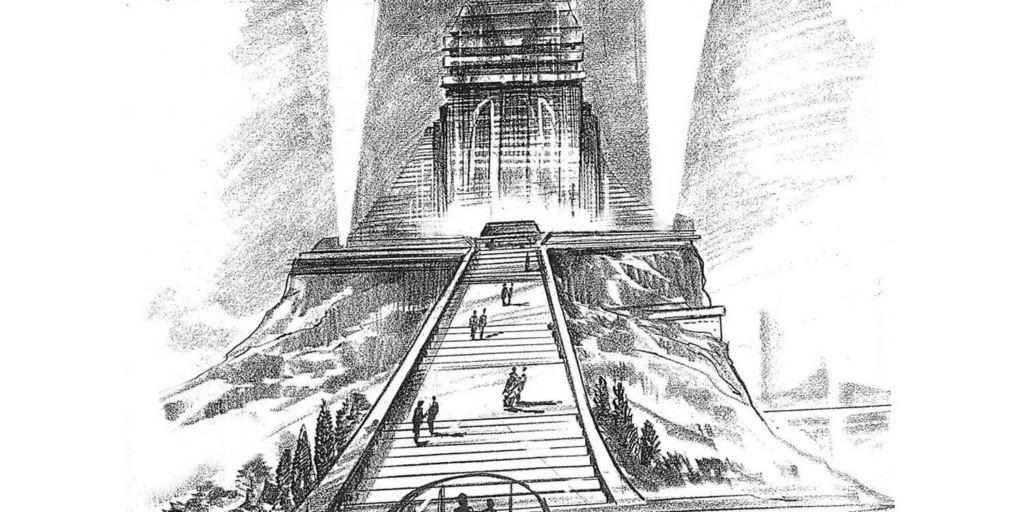
The Background: In 2004, riding high from the X-Men films, Bryan Singer was brought in to direct a remake of Logan’s Run by producer Joel Silver (The Matrix). The idea was to be a closer interpretation of the novel, set in a futuristic world where people are executed at 21.
What Happened: Various delays, as well as Singer’s involvement with Superman Returns, pushed the film well beyond its intended 2005 release, and Singer eventually left the project. It’s rumoured that Superman’s poor reception motivated the departure, and the project has gone through several directors’ hands, including Nicolas Winding Refn and Joseph Kosinski.
[Image via trevorgoringart.com]
4. James Cameron’s Fantastic Voyage (1990s/2000s)
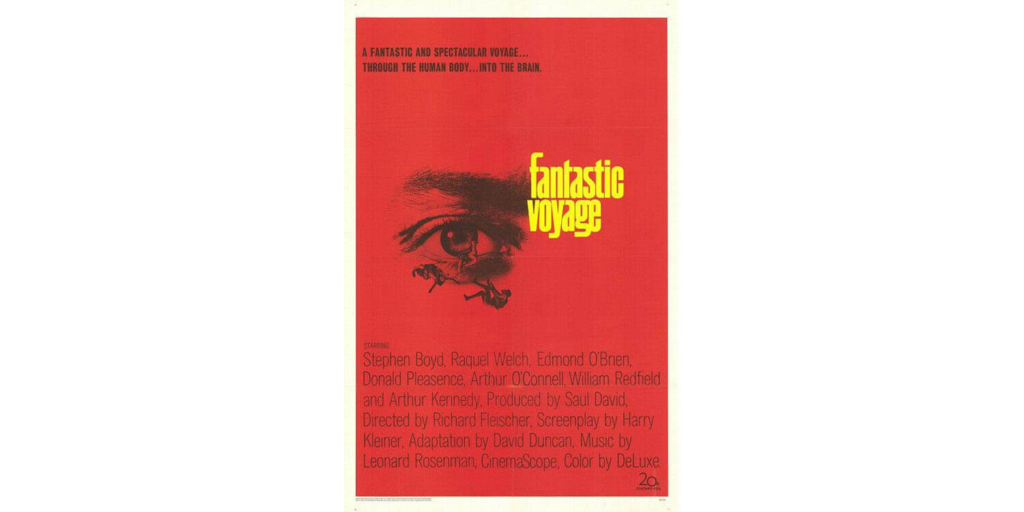
The Background: James Cameron has had many unfulfilled projects over the years; one of the most notable was a remake of this 1966 fantasy which involves a journey into the human body. He’s been working on a version for over 20 years.
What Happened: While Cameron never walked away, his involvement has decreased due to the Avatar films. He went from director/screenwriter to producer, enlisting Roland Emmerich as director in 2007, then Paul Greengrass in 2010, then Guillermo del Toro. All dropped out to pursue other projects, although Del Toro is still loosely attached.
[Image via cdn.collider.com]
5. Martin Scorsese’s Dino (late 1990s)
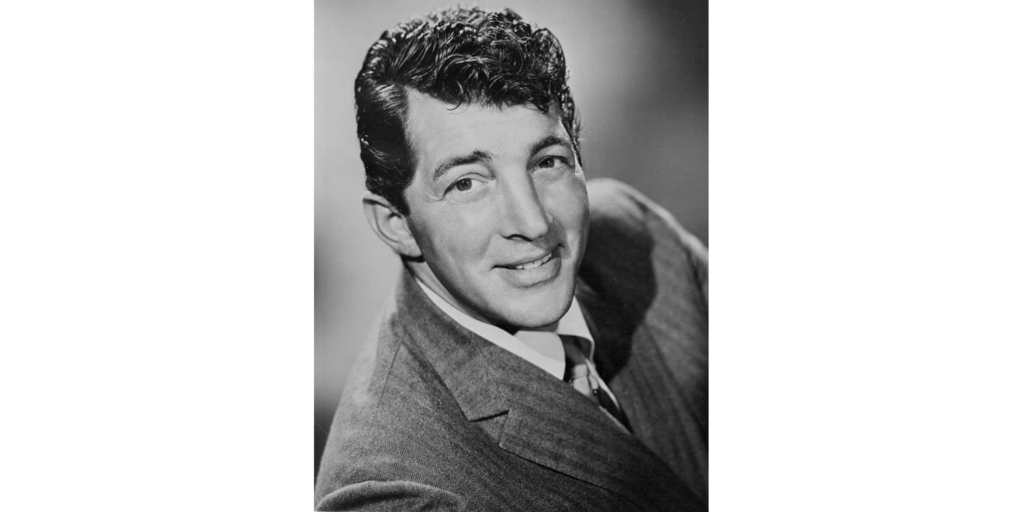
The Background: In the late 1990s, a biopic of Dean Martin was being developed by Martin Scorsese and screenwriter Nicholas Pileggi, with Tom Hanks in the lead and John Travolta as Frank Sinatra.
What Happened: Scorsese eventually moved on to make Gangs of New York. He discussed the film in 2004, blaming Martin’s withdrawn manner for the film fizzling out. “It’s very difficult, because ultimately he pulls back in life,” he said. “It’s interesting…. but can you make a film and say what the man is about? I don’t think that you can.”
[Image via wikimedia.org]
6. The Nightmares of Edgar Allan Poe (2002)
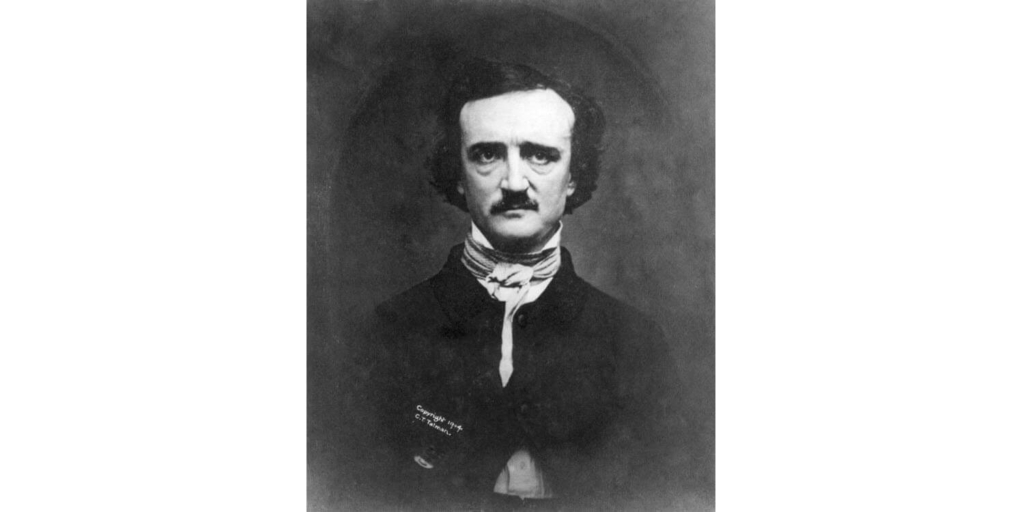
The Background: Michael Jackson was fascinated by writer Edgar Allan Poe, and wanted to make a film about the man with himself as Poe, telling the story of the last days of his life.
What Happened: Despite enthusiasm from the star, and input from his friend Steven Spielberg (who recommended Tim Burton to direct), the project never got off the ground. It would have marked a new phase in Jackson’ career, taking on a presumably dark role and leading people to see past his celebrity. Sadly, it never came to pass.
[Image via wikimedia.org]
7. The Unquenchable Thirst of Dracula (1970s)
The Background: One of the “lost scripts” of legendary British studio Hammer Horror. Set in 1930s India, the film would have been the sixth Dracula movie starring Christopher Lee.
What Happened: American studio Warner Bros, who had a distribution deal with Hammer, opted instead for a modern take on the character in Dracula A.D. 1972. The script resurfaced at a horror festival in 2015, and was eventually remade for BBC Radio, directed by Mark Gatiss and narrated by Oscar nominee Michael Sheen.
8. Ridley Scott’s I Am Legend (1997)
The Background: Ridley Scott worked on an adaptation of Richard Matheson’s novel, working from a script lauded by many in Hollywood and with Arnold Schwarzenegger attached as the star. Storyboards and make-up tests were commissioned before the production lost momentum.
What Happened: Box office misfires for both Scott and Schwarzenegger in the late ‘90s stalled the project, with studio Warner Bros wary of spending so much money on Scott’s dark vision (which reportedly at one point had almost no dialogue). Both left, and the film eventually morphed into the 2007 Will Smith version.
9. Pixar’s Newt (2011/2012)
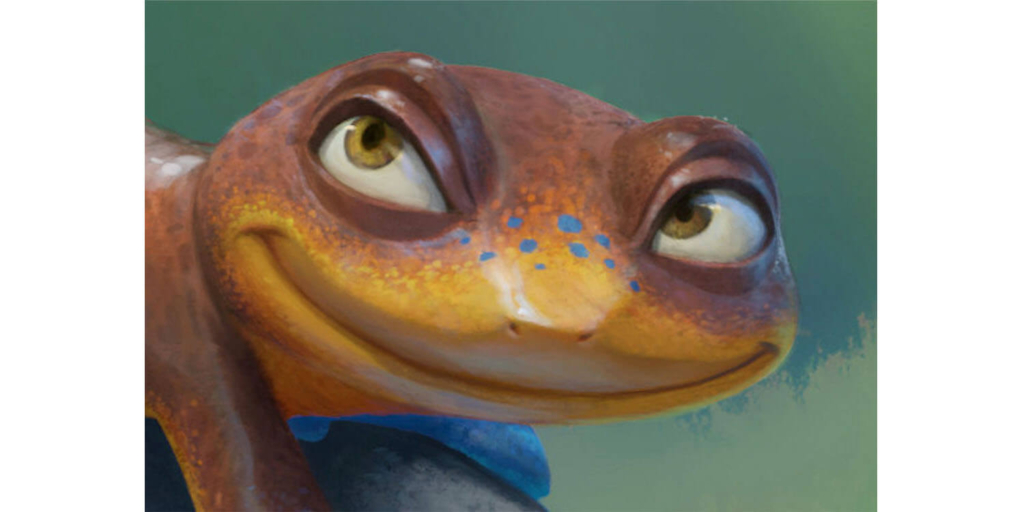
The Background: Announced at the same time as Up and Cars 2, Newt was the story of the last two blue-footed newts on earth, forced together to save their species despite the fact that they despise each other. It was scheduled for 2011, then pushed to 2012, before the studio ultimately released Brave in that spot.
What Happened: Ultimately, Pixar felt the story to be too close to rival animated hit Rio (2011), and cancelled the film. Interestingly, the studio were open about the decision, sharing artwork from the project online.
[Image via Facebook]
10. Spider-Man 4 (2011)
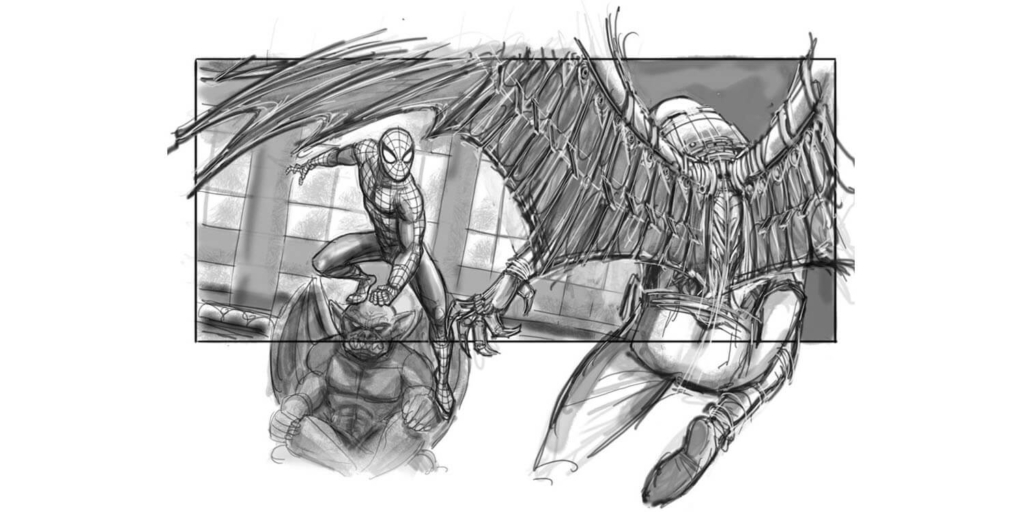
The Background: Despite a negative fan reaction, 2007’s Spider-Man 3 made over $890 million at the box office (still the highest-grossing Spidey movie ever). Therefore, plans moved ahead for a fourth Sam Raimi-directed film, with concept art showing Tobey Maguire’s Peter Parker battling The Vulture (played by John Malkovich).
What Happened: Raimi departed in 2010, and Sony went ahead with two further reboots of the character. Raimi later remarked: “It was simply that we had a deadline and I couldn’t get the story to work on a level that I wanted it to work.”
[Image via planethenderson.com]
11. 007: Warhead (1970s)
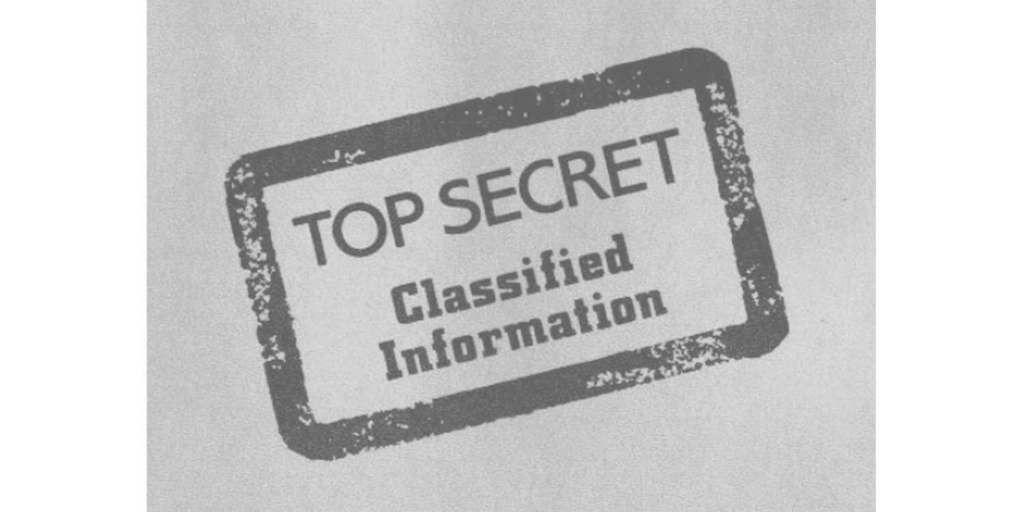
The Background: For decades there was a dispute between Bond owners EON and writer Kevin McClory, who planned to make his own rival Bond film titled Warhead, starring Sean Connery, who also contributed to the script. The story was very similar to Thunderball (which McClory had a claim to).
What Happened: Legal wranglings with EON delayed production, and Connery walked. Although McClory would eventually get his “Rival Bond” made in 1983’s Never Say Never Again, starring Connery and again featuring a plot very similar to Thunderball.
[Image via jamesbond.wikia.com]
12. Airframe (1990s)
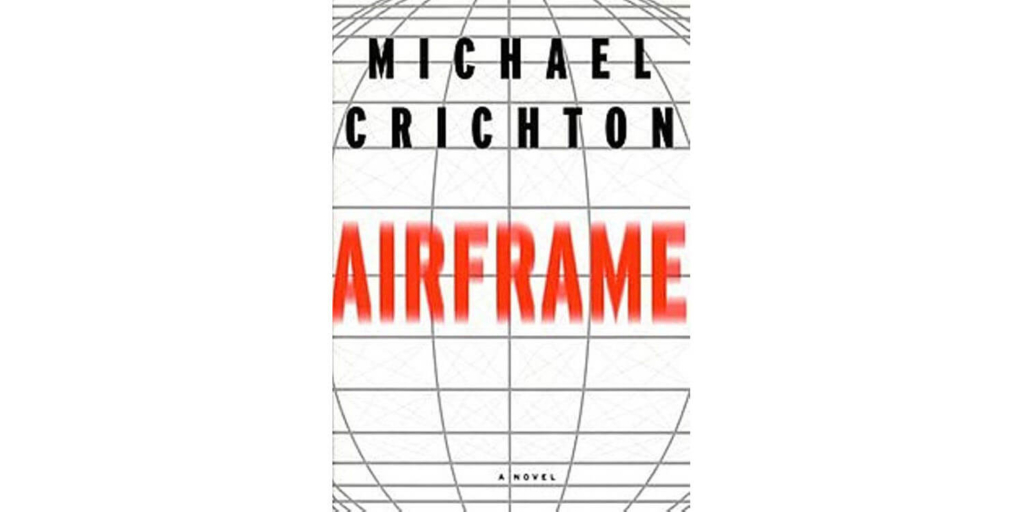
The Background: At the height of Jurassic Park’s success, studios were lining up to adapt Michael Crichton’s novels into movies. The plot follows the investigation of a mysterious incident aboard an aircraft, and was due to star Sigourney Weaver at one point.
What Happened: Airframe remains one of the few Crichton novels never to be adapted to film, with Crichton himself musing that the film may have been too expensive to make. Enthusiasm for a film about fatalities on a plane no doubt cooled further following the September 11th attacks.
[Image via wikipedia.org]
13. Robert Zemeckis’ Yellow Submarine (2012)
The Background: Disney and Robert Zemeckis announced a remake of The Beatles’ trippy movie musical in 2009, brought to life with the motion capture technology Zemeckis used for The Polar Express and A Christmas Carol. Adam Campbell, Peter Serafinowicz, Cary Elwes and Dean Lennox Kelly were cast as The Fab Four, with David Tennant rumoured to play villain The Blue Meanie.
What Happened: A Christmas Carol disappointed, while Zemeckis’ next film, Mars Needs Moms, was a huge bomb. Both used motion capture, leading Disney to abandon Yellow Submarine believing the technique was not yet viable for audiences. Had it been a success, there were talks of a spin-off stage musical.
14. Werner Herzog’s Conquest of Mexico (1980s/1990s)
The Background: Legendary filmmaker Werner Herzog wanted to create a fictional account of the conquest of Mexico by the Spanish, a story with a scale way beyond his normal budget, turning to Hollywood and director Francis Ford Coppola to help realise his dream in the 1980s.
What Happened: Negotiations between the fiercely independent Herzog and Hollywood studios didn’t go well, and Coppola’s attempts to find Herzog a budget ended when his own studio, American Zoetrope, collapsed. Indie studio New Line Cinema was interest in the mid-’90s, but again, they and Herzog couldn’t agree on a vision for the expensive film.
15. Robert Rodriguez’s Barbarella (2000’s)
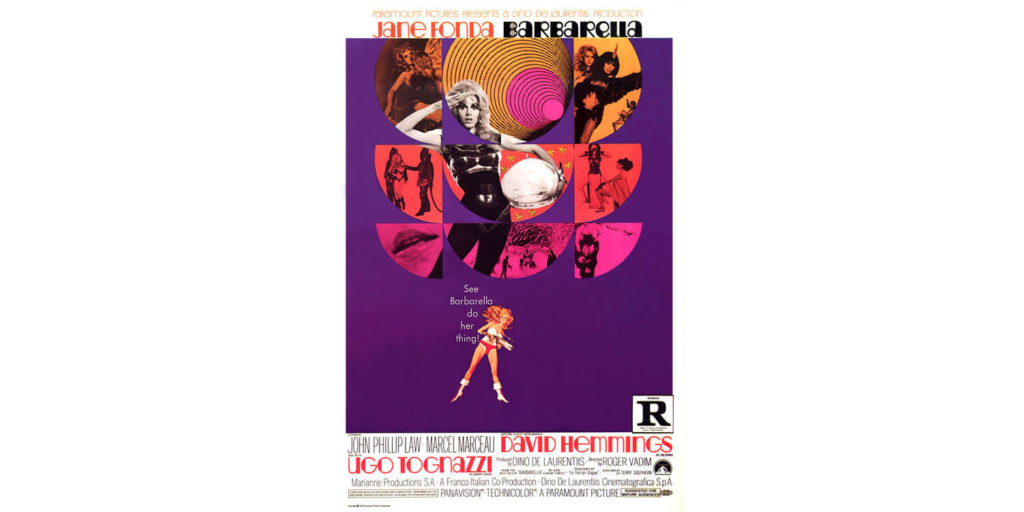
The Background: The Desperado filmmaker was developing a remake of the cult ‘70s film starring Jane Fonda as a camp space explorer. Rose McGowan was attached to star, in what Rodriguez described as a cross between Star Wars and comic book Heavy Metal.
What Happened: Budget concerns delayed production, but it was family that ultimately led Rodriguez to call it quits. The film found funding from a German company, provided it was shot and edited in their country. As a father of five, Rodriguez couldn’t spend that long away from home, and ultimately left.
[Image via wikipedia.org]
16. Darren Aronofsky’s Robocop (2010)
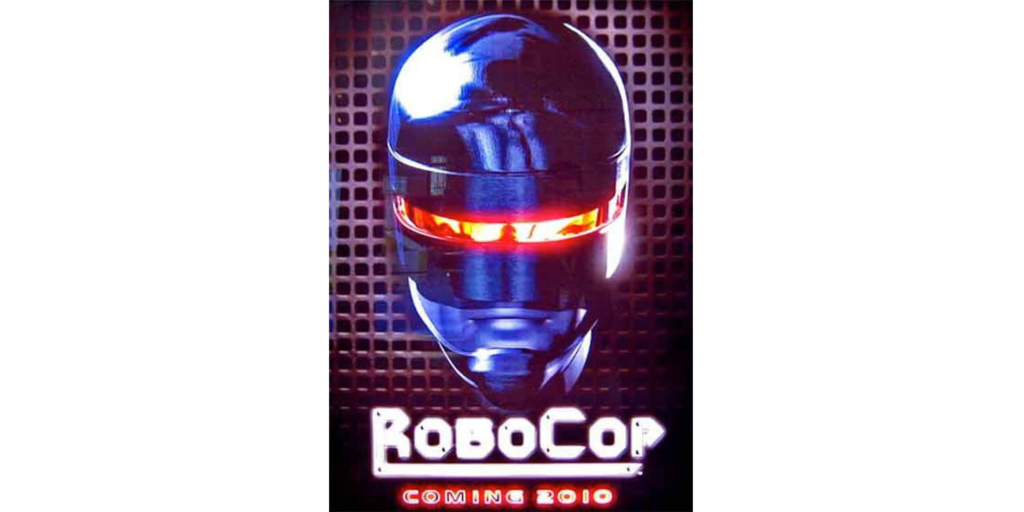
The Background: A dark take on ‘80s favourite Robocop was promised by Darren Aronofsky, in what would have been his first blockbuster. The film even had a poster appear at a 2008 licensing expo.
What Happened: There was a myriad of problems, including studio MGM’s financial situation, and reported disagreements between them and Aronofsky. Robocop was eventually made with José Padilha’s disappointing 2014 film, while Aronofsky made the Oscar-winning Black Swan instead. Neill Blomkamp is currently working on another reboot, Robocop Returns.
[Image via movieinsider.com]
17. Batman: Year One (2000)
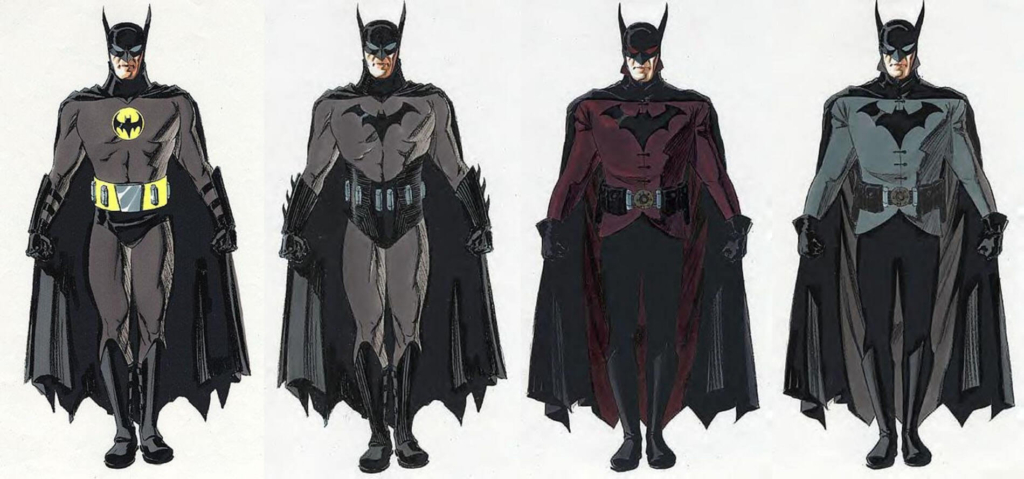
The Background: Before Robocop, Aronofsky was seen as the saviour of the Batman franchise, working on a dark take on the character in 2000 by adapting graphic novel Batman: Year One as an edgy, R-rated take on the mythology. Working alongside author Frank Miller, Christian Bale was approached to play the young Bruce Wayne, and the script can be found online.
What Happened: Aronofsky recently said he felt the script was “ahead of its time” and deemed too risky; although a serious (if not R-rated) Batman was made a few years later with Batman Begins, also starring Christian Bale.
[Images via movieweb.com]
18. Francis Ford Coppola’s Megalopolis (1990s/2000s)
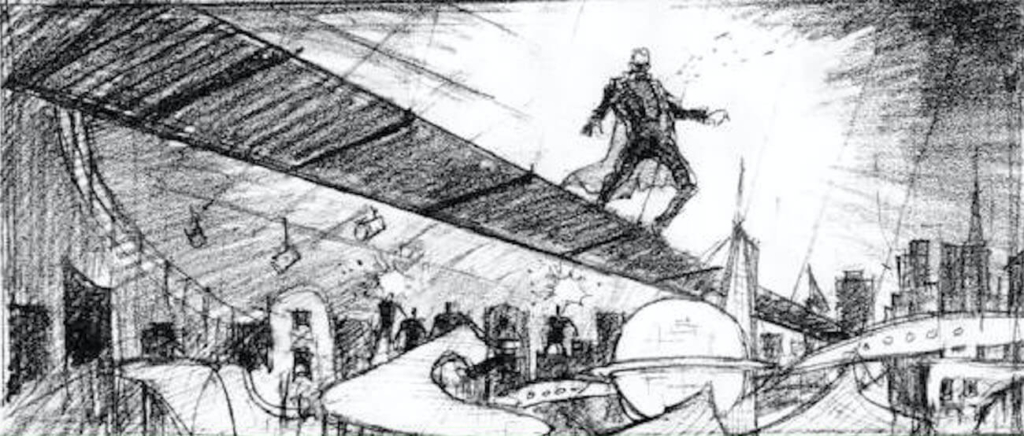
The Background: The Godfather director tried for years to get his most ambitious work funded. Inspired by Fritz Lang’s Metropolis, Megalopolis focused on a futuristic New York and the powerful people fighting to rebuild the city. Test footage was shot, and names like Russell Crowe and Robert De Niro were on the casting wish list.
What Happened: History intervened. The project’s late ‘90s momentum ended in 2001, when the September 11th attacks made a film about New York a difficult prospect. The film fell away, and Coppola still considers it the best film he never made.
[Image via cinephiliabeyond.tumblr.com]
19. Neill Blomkamp’s Alien 5 (2015)
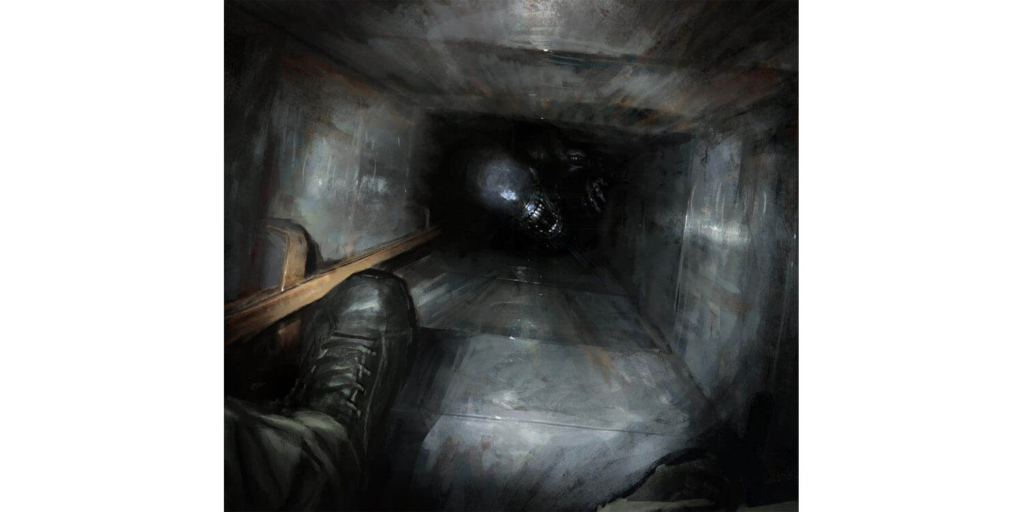
The Background: Another project District 9 director Blomkamp missed out on. Following positive reaction to concept art he posted on Instagram, his take on Alien 5, which would have brought back Sigourney Weaver and Michael Biehn, was announced as moving forward.
What Happened: The sequel was muscled out by original Alien director Ridley Scott’s prequel Alien:Covenant, and Blomkamp posted that he was reluctantly moving on. There’s still time for his take on the franchise, although at this point it looks unlikely.
[Image via Neill Blomkamp’s Instagram]
20. Quentin Tarantino’s Luke Cage (1990s)
The Background: Quentin Tarantino revealed in an interview that he considered making Luke Cage (now a Netflix TV series) in the ‘90s, in between Pulp Fiction and Jackie Brown, starring Laurence Fishburne. Tarantino has confessed a fondness for comics based in reality, meaning a grittier take on the character might have been expected years before the superhero boom of the 2000s
What Happened: Tarantino found the restrictions of comic book lore to be a turn-off, and the film remains a great “what if?” from the director’s career, alongside his rumoured remake of The Man from U.N.C.L.E., which he was offered but turned down.














Sorry, the comment form is closed at this time.